Written by: Emma Cyrus, Senior Copy, Content & Editorial Writer
Reviewed by: Cristina Chirila, Senior Interior Designer at FCI
Edited by: Zoona Sikander, Interior Design Writer & Social Media Content Creator
A candid perspective from an interior designer with two decades of experience navigating the complexities of high-end renovations
After twenty years of orchestrating luxury renovations across continents—from palatial penthouses to sprawling estates in the UAE – I’ve witnessed the full spectrum of renovation missteps. While the results of these projects frequently grace the glossy pages of design publications, what remains discreetly hidden are the costly errors and avoidable setbacks that occurred behind those impeccable façades.
The landscape of renovations in the UAE presents a particular set of challenges. In a city where architectural ambition knows few bounds, the margin between extraordinary and excessive is remarkably slim. I’ve observed even the most discerning clients falter when navigating this distinction. The common denominator in truly successful projects isn’t merely an abundant budget—it’s judicious restraint paired with uncompromising standards.
What follows isn’t merely a catalogue of potential errors, but rather a distillation of principles that separate merely expensive renovations from genuinely exceptional ones. Consider this a privileged glimpse into conversations typically reserved for private consultations with my most valued clients.
The False Economy of Haste
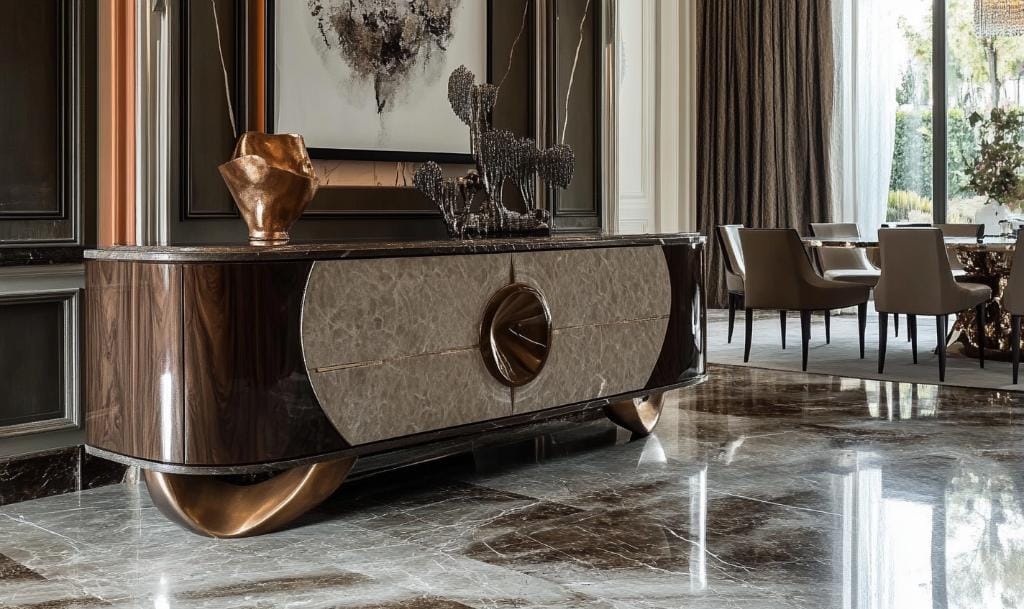
The most prevalent mistake I encounter with luxury home renovations stems from a curious paradox: individuals who exercise remarkable patience in their professional endeavours often abandon this virtue entirely when transforming their personal sanctuaries.
A client in Dubai recently insisted on compressing what should have been a nine-month luxury renovation into a mere five months. The result? Rushed craftsmen, inferior material substitutions, and a finished project that, despite its superficial allure, lacked the subtle refinement that distinguishes truly exceptional properties. The irony wasn’t lost on him when certain elements required complete replacement merely eight months later, effectively doubling both his timeline and expenditure.
Remember: architectural excellence and bespoke craftsmanship operate on their own timescale. Attempting to artificially accelerate this process inevitably leads to compromised quality.
The Misguided Pursuit of Trends

Another critical misstep in luxury renovations is succumbing to ephemeral design trends. The allure of the contemporary can be seductive, particularly when showcased in the latest architectural journals. However, what appears revolutionary today often becomes regrettably dated within a remarkably brief period.
True luxury transcends fleeting trends. It emanates from timeless design principles, exceptional materials, and impeccable execution. When undertaking a luxury bathroom renovation, for instance, consider how your selections will be perceived not merely next season, but in five or ten years’ time.
This isn’t to suggest that contemporary design elements have no place in high-end renovations. Rather, they should be incorporated thoughtfully – perhaps in elements that can be more readily updated, such as lighting fixtures or decorative accessories – while the fundamental architectural elements remain classically enduring.
The Hidden Cost of Inferior Materials
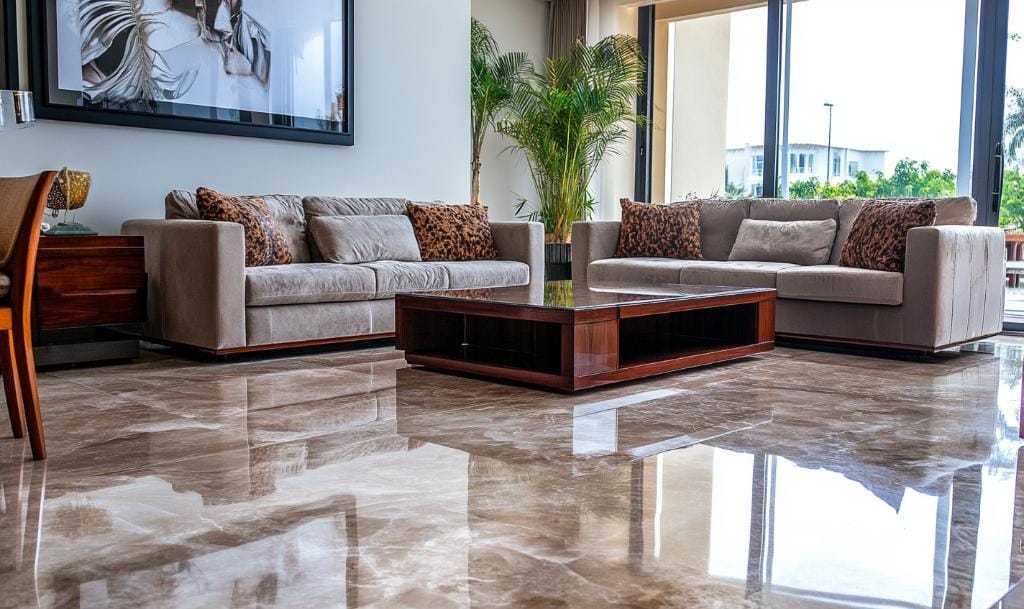
One particularly egregious error in luxury renovations is compromising on material quality. This often manifests in a property that initially presents as impressive but rapidly reveals its shortcomings through premature deterioration.
A case in point: a Dubai client opted for a lower-grade marble for his entrance hall, despite recommendations to the contrary. Within eighteen months, subtle staining patterns had emerged, and the once-lustrous surface had developed a patina that spoke not of charming maturation but of inferior composition. The subsequent replacement cost far exceeded the initial saving.
In the realm of luxury house renovation, material selection must be guided by provenance and inherent quality rather than immediate aesthetic appeal alone. This principle applies equally to elements visible to the eye and those concealed within walls and foundations.
The Overlooked Importance of Mechanical Systems
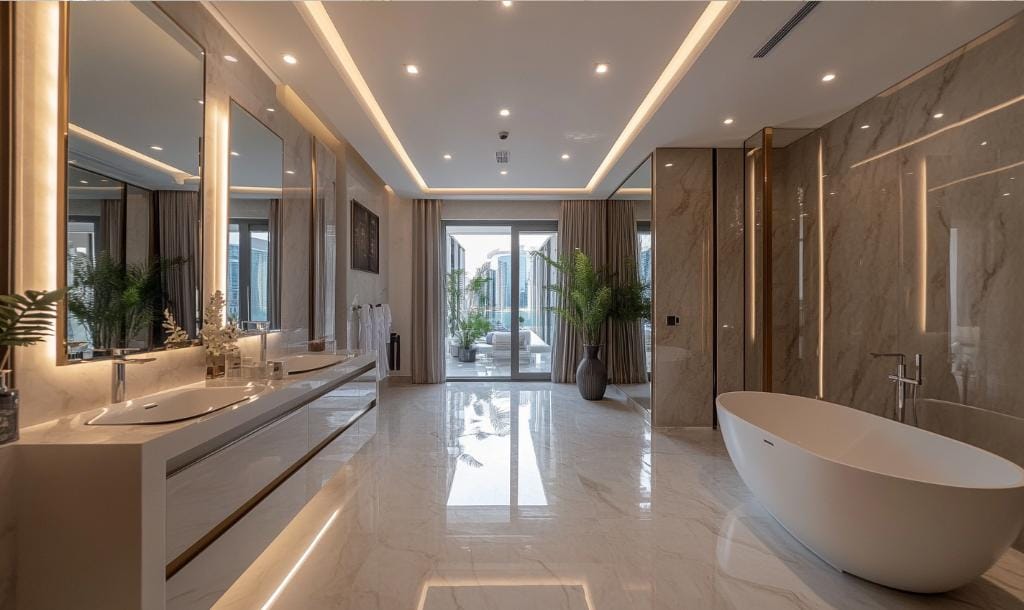
Perhaps the least glamorous yet most consequential aspect of luxury renovations involves the mechanical systems that remain largely unseen. Climate control, water filtration, acoustic insulation, and smart home integration form the technological backbone of a truly luxurious property.
I’ve witnessed numerous instances where clients allocate substantial budgets to visible finishes while neglecting these essential systems. The consequence? Exquisite spaces rendered uncomfortable by inadequate temperature control, disruptive ambient noise, or frustratingly unresponsive home automation.
A comprehensive luxury renovation addresses these elements with the same meticulous attention given to architectural details and decorative finishes. After all, true luxury manifests not merely in what impresses visually, but in how effortlessly the property functions.
The Peril of Excessive Customisation
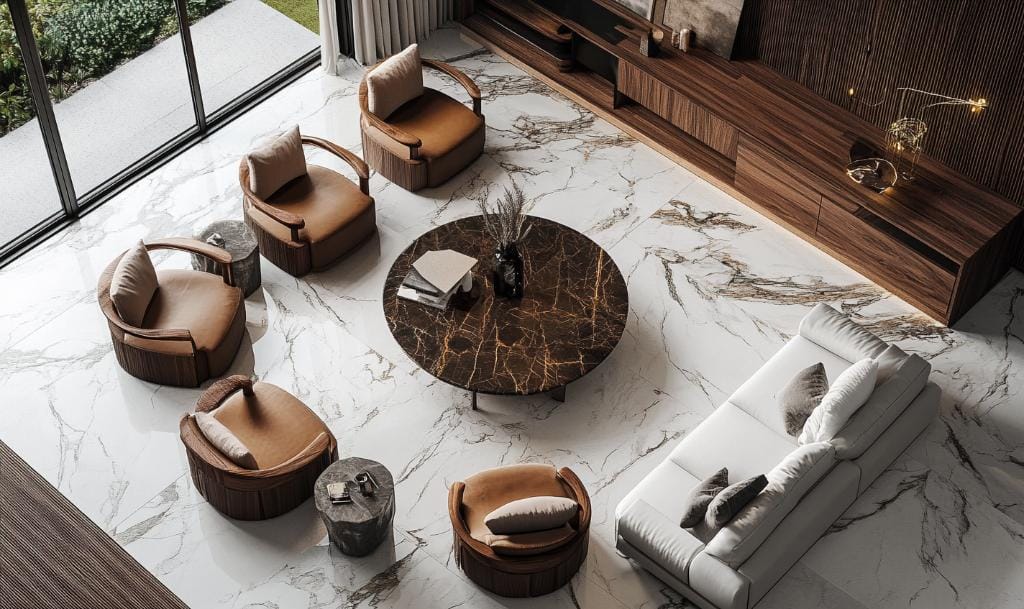
While bespoke elements undeniably elevate a luxury renovation, excessive customisation can prove problematic. I’ve observed projects where the zeal for uniqueness led to spaces so specifically tailored to personal preferences that they became functionally limiting.
Consider future adaptability in your design decisions. A home theatre configured exclusively for a particular technology risks obsolescence; a kitchen designed around highly specific culinary practices may prove impractical for subsequent owners. The most sophisticated renovations balance personalisation with versatility.
The Critical Role of Lighting Design
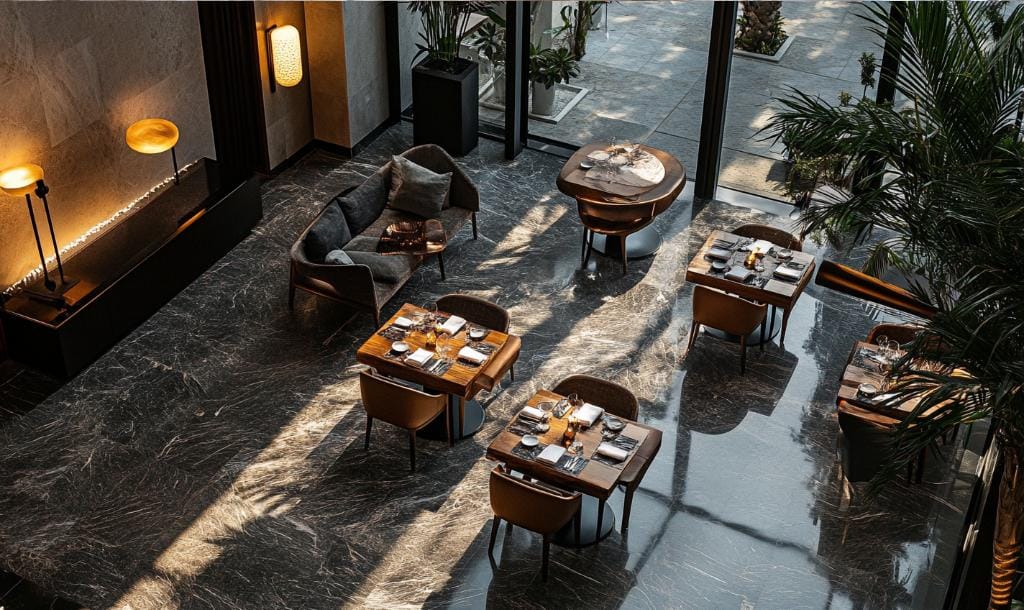
Few elements in luxury renovations are as consistently undervalued as professional lighting design. The finest materials and most exceptional craftsmanship can be rendered unremarkable – or worse, unattractive – when improperly illuminated.
Lighting should be approached as an integral design element rather than an afterthought. This encompasses not merely decorative fixtures, but the comprehensive orchestration of ambient, task, and accent lighting to enhance spatial perception and material qualities.
The Imperative of Professional Oversight

Finally, perhaps the most consequential error in luxury renovations is neglecting to engage appropriate professional oversight. The complexity of high-calibre renovations necessitates specialist expertise—from architects and engineers to interior designers and project managers.
Attempting to coordinate these multifaceted projects without experienced guidance invariably results in coordination failures, costly corrections, and compromised outcomes. The premium paid for professional services consistently proves to be among the wisest investments in any luxury renovation.
Key Takeaways
A truly successful luxury renovation transcends mere financial investment. It requires discernment, patience, and a nuanced understanding of how exceptional spaces are created. By avoiding these common pitfalls, your renovation can achieve that elusive quality that distinguishes merely expensive properties from genuinely extraordinary ones.
The most astute clients recognise that in the realm of luxury renovations, value manifests not in what one saves during the process, but in the quality and longevity of the result. This perspective transforms a potentially stressful undertaking into a genuinely rewarding journey of creation – one that culminates in a residence that will provide pleasure and pride for decades to come.



Get in touch
Want to get in touch? We'd love to hear from you. Email us at [email protected]
Sign Up for Newsletter